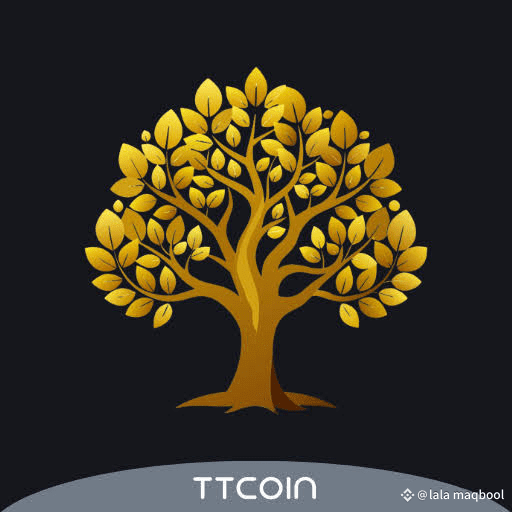Introduction
@Treehouse Official is a blockchain project designed to bring stability, structure, and predictability into decentralized finance (DeFi). In traditional finance, instruments like bonds or fixed deposits provide steady returns. DeFi, on the other hand, often focuses on high-yield but volatile opportunities.
Treehouse bridges that gap by introducing a fixed income layer for Web3—making crypto returns more reliable and accessible to a wider audience.
1. The Core Vision
@Treehouse Official is built around the idea of turning user deposits into predictable yield-generating assets. Instead of leaving crypto idle or exposed to volatile DeFi strategies, Treehouse transforms them into structured instruments that mirror the safety and consistency of fixed income in traditional markets.
It does this mainly through:
tAssets (Treehouse Assets) – yield-bearing tokens.
DOR (Decentralized Offered Rate) – a benchmark interest rate for DeFi.
2. Key Components
a. tAssets (Treehouse Assets)
Users deposit ETH or liquid staking tokens (LSTs).
They receive tETH, a yield-accruing token that can also be used in other protocols.
This makes assets composable—you can earn yield while still using your tokens in lending, trading, or staking elsewhere.
b. DOR (Decentralized Offered Rate)
Works like LIBOR in traditional finance, but for crypto.
Aggregates yields across DeFi into a transparent benchmark rate.
Provides a standard for lenders, borrowers, and developers to price products fairly.
c. Fixed Income Products
Using tAssets and DOR as a foundation, Treehouse enables:
Structured notes with defined payouts.
Constant yield instruments for steady income.
On-chain products suitable for institutions and risk-conscious users.
3. Why @Treehouse Official Matters
Stability in DeFi – predictable yields in a volatile market.
Transparency – with DOR, users know exactly what benchmark rates are.
Composability – tAssets keep earning yield while being usable across protocols.
Institutional Gateway – makes DeFi attractive to banks, funds, and investors looking for stable income.
Innovation Platform – provides a base for developers to build new structured products.
4. Practical Use Cases
Retail DeFi Users: Earn stable returns without active trading.
Institutional Investors: Access crypto fixed income with benchmarked transparency.
Developers: Create structured notes, lending markets, and risk management tools.
Cross-Chain DeFi: Deploy tAssets across ecosystems, expanding yield opportunities.
5. Token Utility
Treehouse is supported by its native token, which powers:
Staking – securing the network and rewarding validators.
Governance – allowing holders to vote on key upgrades, rate models, and risk parameters.
Rewards – distributing yield and incentivizing tAsset use.
Liquidity – encouraging ecosystem growth through incentives.
6. Quick Overview
Feature Purpose
tAssets Yield-bearing wrapped assets (e.g., tETH)
DOR Benchmark rate for DeFi yields
Fixed Income Layer Creates predictable, TradFi-style income instruments
Token Utility Used for staking, governance, rewards, and liquidity
Core Value Stability and predictability in the volatile DeFi market
Conclusion
@Treehouse Official is building the fixed income foundation of DeFi. By combining tAssets for composable yield and DOR as a transparent benchmark, it introduces predictability into a space often dominated by risk and volatility.
This makes Treehouse more than just another protocol—it’s an infrastructur
e layer that enables stable returns, attracts institutions, and supports the long-term growth of decentralized finance.
